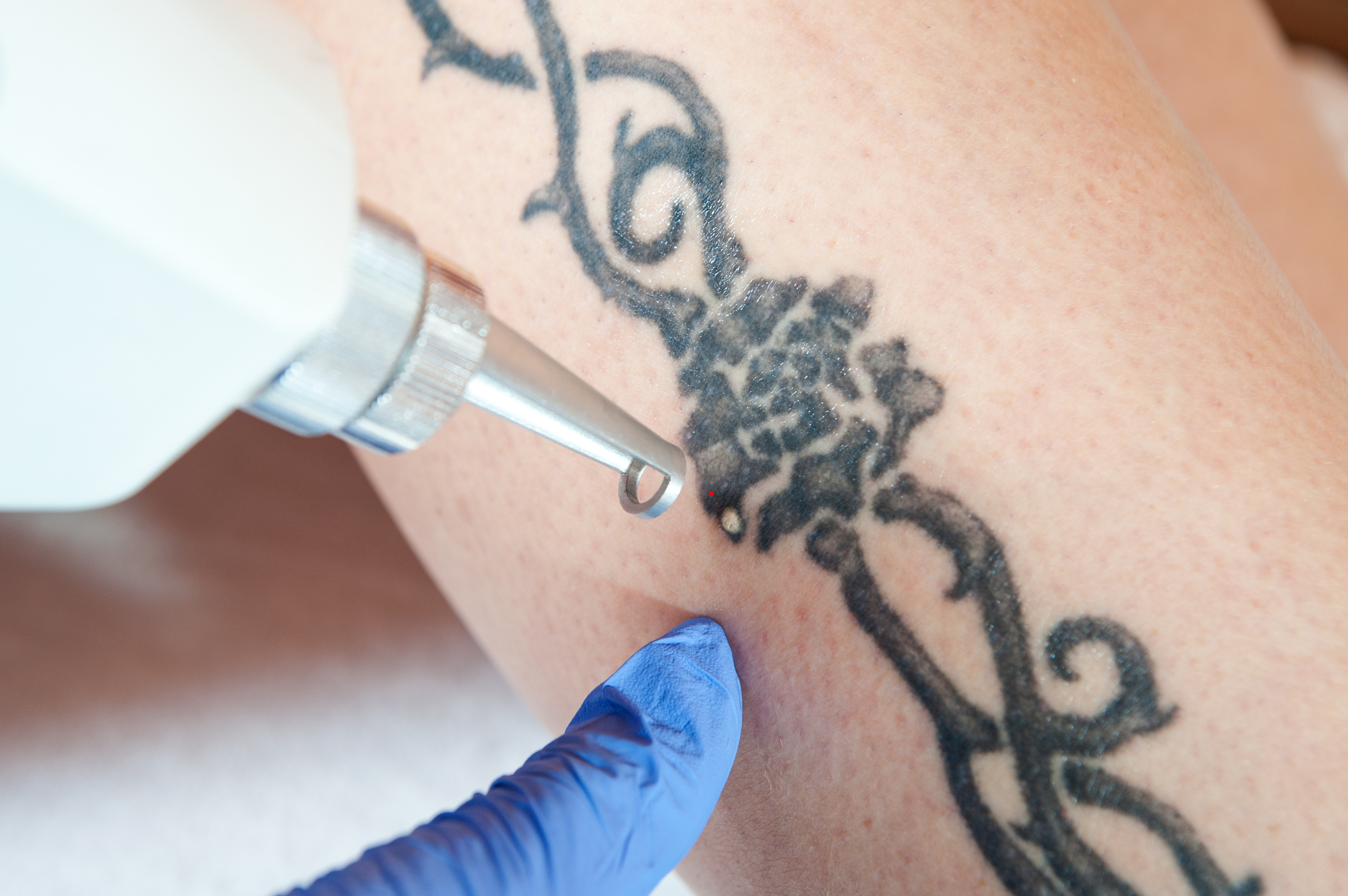What to Expect After Laser Tattoo Removal

Removing medical and cosmetic tattoos can be painful. If you want to remove yours, laser tattoo removal gives you a choice between at-home devices or treatment at a doctor’s office.
Many people remove their tattoos for personal reasons. You might feel that you were too young when you got the tattoo or want to change the image and message. In other cases, you might hate the location and want to move or remove it.
Removing your tattoo means more than making an appointment. Read this guide to find out what to expect after laser tattoo removal.
Table of Contents
Swelling and Redness
Considering getting a tattoo removed can help you start a new chapter in your life. But, swelling and redness is to be expected, which is normal.
This is a part of the body’s response to any kind of trauma, such as lasers meant to disrupt and destroy the pigment of a tattoo. This swelling and redness usually peak within 24 to 48 hours after the procedure and then subside over the following days and weeks.
During this time, the area may be tender. It is important to keep the area clean and follow the aftercare guidelines provided by the clinic to promote healing and minimize the chances of infection. You can apply a cold compress to reduce swelling, and your doctor may prescribe medications to reduce discomfort and inflammation.
Blistering
Blistering is a common side effect of laser tattoo removal, which you can expect afterward. Blistering is caused by the laser’s intense heat, which damages the skin and breaks up the ink.
Once the skin is damaged, the body sends more blood and fluid to the area to heal. The fluid accumulates under the damaged skin, forming blisters.
The newly formed blisters can be filled with clear or yellow fluid. They can last a few days to a few weeks and can be painful or uncomfortable.
Scabbing
Scabbing is caused by a reaction from the body in an attempt to heal the wound. The laser beams break down the pigment in the tattoo, and the body responds by forming a scab to protect the area from infection.
This scab can be itchy and uncomfortable and may crack or bleed as the skin underneath repairs itself and becomes healthier. It is important to keep the area clean, avoid activities that create surface friction, and not pick at the scab to ensure that the area doesn’t become infected.
As the scab heals, it will form a protective barrier against infection, and most of the pigment should be gone, giving way to a clear patch of skin.
Discomfort
While the actual laser procedure is relatively painless, it is common to experience throbbing and slight burning sensations caused by the laser energy. The area may feel more sensitive to touch and itchy. This is perfectly normal and expected discomfort from the removal process.
It should subside within a few days to a week, and you can manage most discomfort with over-the-counter medications.
Let Laser Tattoo Removal Help You Start Anew
Laser tattoo removal is an effective procedure for removing unwanted tattoos. After the tattoo removal procedure, patients should follow the advice from their doctor and take care of their skin.
Redness and slight swelling are normal after the process, but contact a healthcare provider if more severe reactions occur. Ready to get started? Contact a laser tattoo removal specialist today!
We hope you find this article useful. If you do, be sure to check out our blog for more helpful content like this.





